Popular Reads
Top Results
Can't find what you're looking for?
View all search resultsPopular Reads
Top Results
Can't find what you're looking for?
View all search resultsThree cuts of aged beef to watch out for
The secrets to lesser known flavorful cuts of beef, revealed.
Change text size
Gift Premium Articles
to Anyone
W
hen dining out to celebrate a special day or to reward ourselves after an achievement, a good steak is always a good option. Jakartan diners are now spoiled for choice when it comes to steakhouses, each offering different styles, and a plethora of cuts to choose from. Some lesser known beef cuts are also on offer, combined with the now-trending ageing method.
Read also: Kaum Jakarta named capital's restaurant of the year
The Jakarta Post tried three different lesser known beef cuts, aged as follow:
Picanha
Being a Brazilian cut, it can be found in churrascarias or certain specialty steakhouses. Picanha is a rather small cut of meat on top of the sirloin, usually called rump cover or rump cap by Americans. It has layers of fat, and as it is not a muscle that moves much, it remains tender. The Post tried the picanha at AB Steak by Akira Back Jakarta, where it was of 9+ grade marbling and dry-aged for 21 days.
According to Joel Lim, executive sous chef of AB Steak, the picanha can be aged for up to 100 days. The more it is aged, the better the taste. Chilled to a temperature between 2-5 degrees Celsius during the dry age process, the grilled picanha is already flavorful with only a little bit of salt and pepper.
Freshly grilled picanha at AB Steak by Akira Back Jakarta. (TJP/Muthi)Rib-eye
The tenderloin may be the most tender cut, but the rib-eye is juicier, more flavorful, with just the right amount of fat. Joel said that it was the most balanced beef meat, when he presented a 60-day dry-aged rib-eye for The Post. The meat was still attached to the bone, which helps prevent the meat from shrinking during the dry ageing process.
The rib-eye's tenderness comes from the fact the cut's muscles don’t get much exercise. The best muscle the cut has is the spinalis dorsi, aka the rib cap, from the curved top of the meat. It lies just above the main muscle of the rib-eye called the longissimus dorsi. Although the main muscle is the part where the intramuscular fat (marbling) tends to deposit, beef connoisseurs consider the spinalis dorsi to be the better one.
Tri-tip
There are only two of these cuts in a cow, so consider yourself lucky when finding one. Mark Bittman wrote in The New York Times that this ultra-thick, nicely marbled, strongly flavored steak was perfect for roasting, broiling, or a combination of stove-top and oven cooking.
Often going by many (often incorrect) names such as the California cut, Newport steak, top sirloin and more, Mark prefers the term tri-tip, because the steak is triangular and is the tip of the sirloin.
The tri-tip served to The Post at AB Steak had gone through a wet-ageing process, in which the beef was vacuum-packed in plastic and aged in a refrigerator. The meat was then packed in its own juices, with its natural enzymes breaking down the connective tissues so that it became tender, resulting in a melt-in-the-mouth texture after grilling.
All lesser known beef cuts served to The Post that evening came with a unique dining experience. They were grilled and carved by the chefs on our table. The meat could be eaten straight after it was grilled, with no unnecessary resting as occurs when it’s transported from the grill in the kitchen to the table.
A tri-tip steak ready to be grilled at AB Steak by Akira Back Jakarta. (TJP/Muthi)
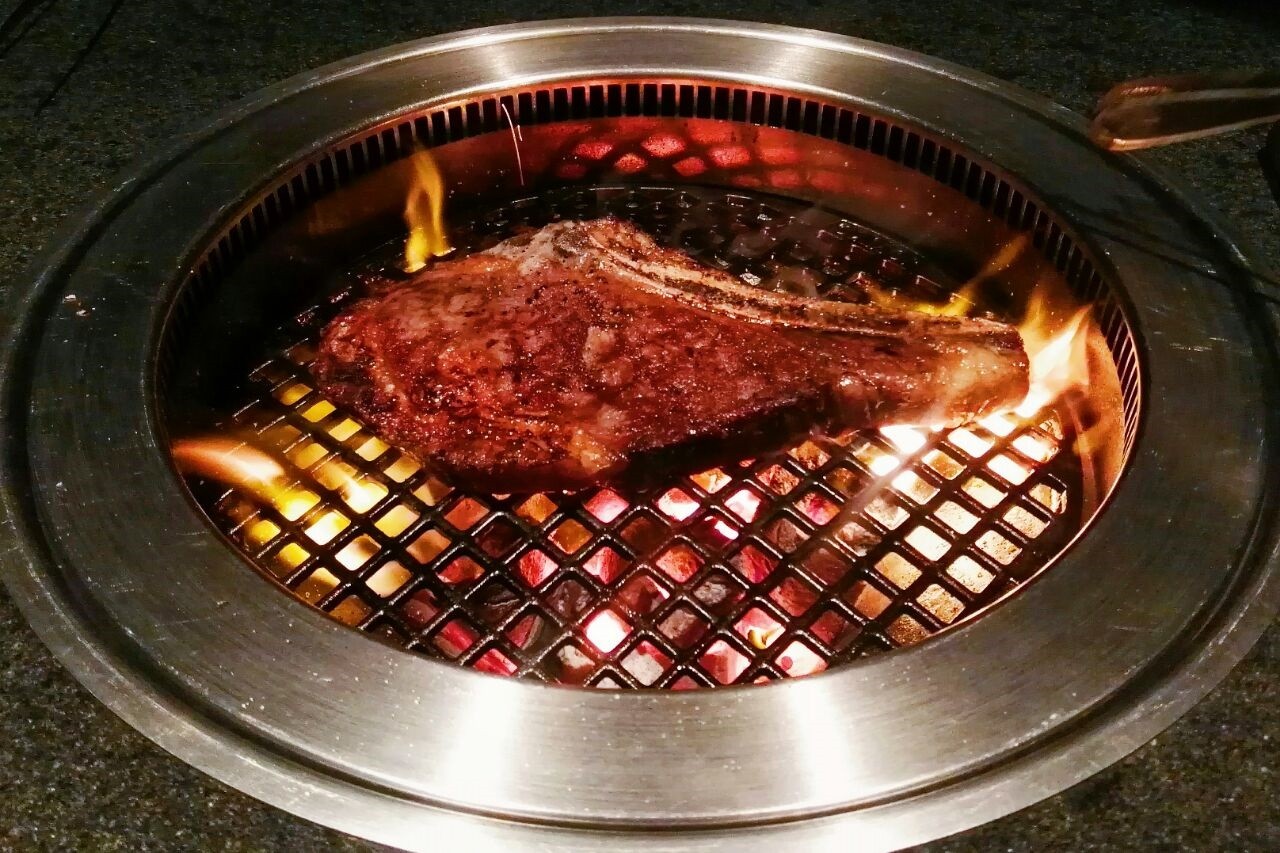
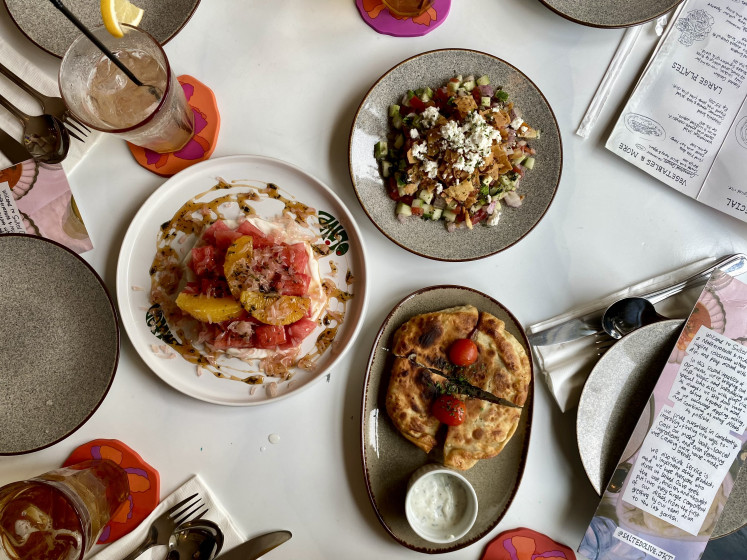
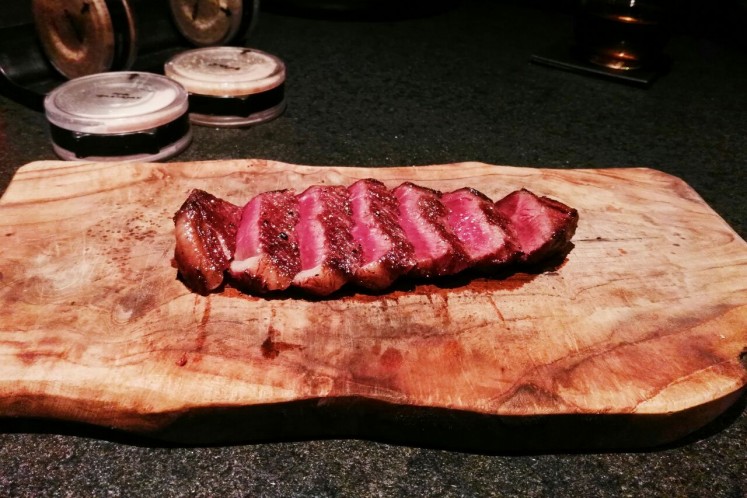
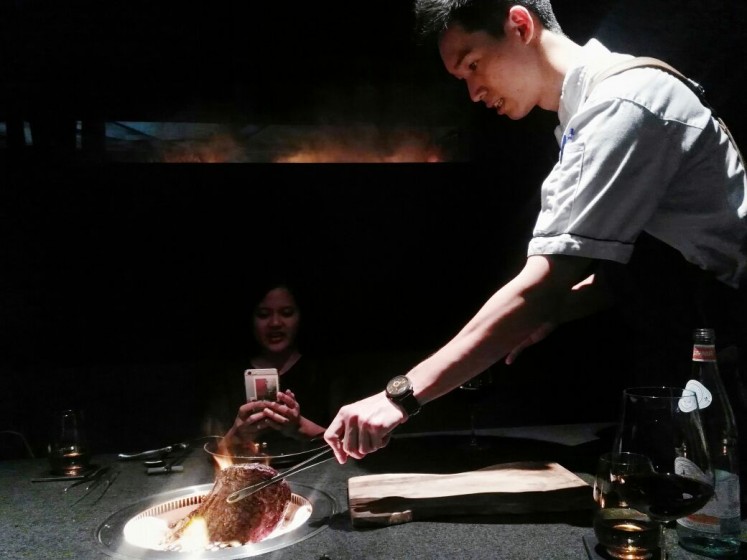
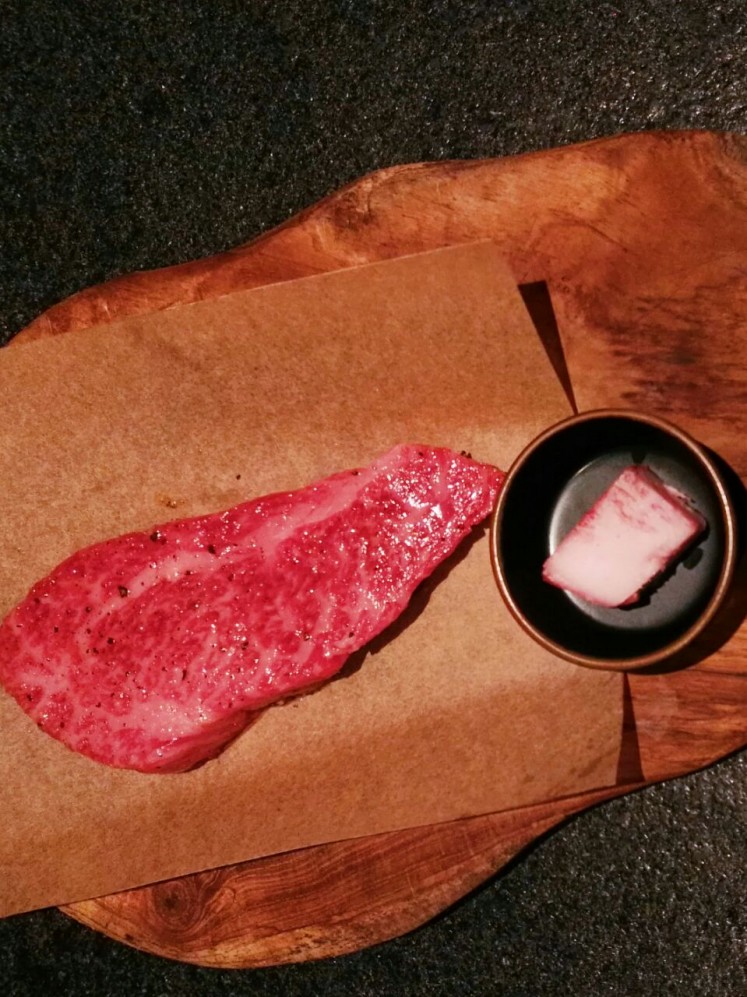





![Let it out: Japanese rocker Hyde holds a solo concert, billed as the Hyde [Inside] Live 2025 World Tour in Jakarta, on Nov. 1, 2025, at Tennis Indoor Senayan in Central Jakarta.
(Courtesy of Sound Rhythm and Mataloka Live)](https://img.jakpost.net/c/2025/11/05/2025_11_05_168574_1762306300._medium.jpg)


